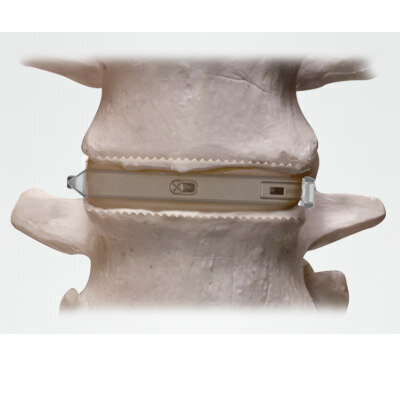First-Of-Its-Kind Robot Allows Clinicians to ‘Feel’ Patients Remotely 
|
By HospiMedica International staff writers Posted on 25 Jul 2023 |
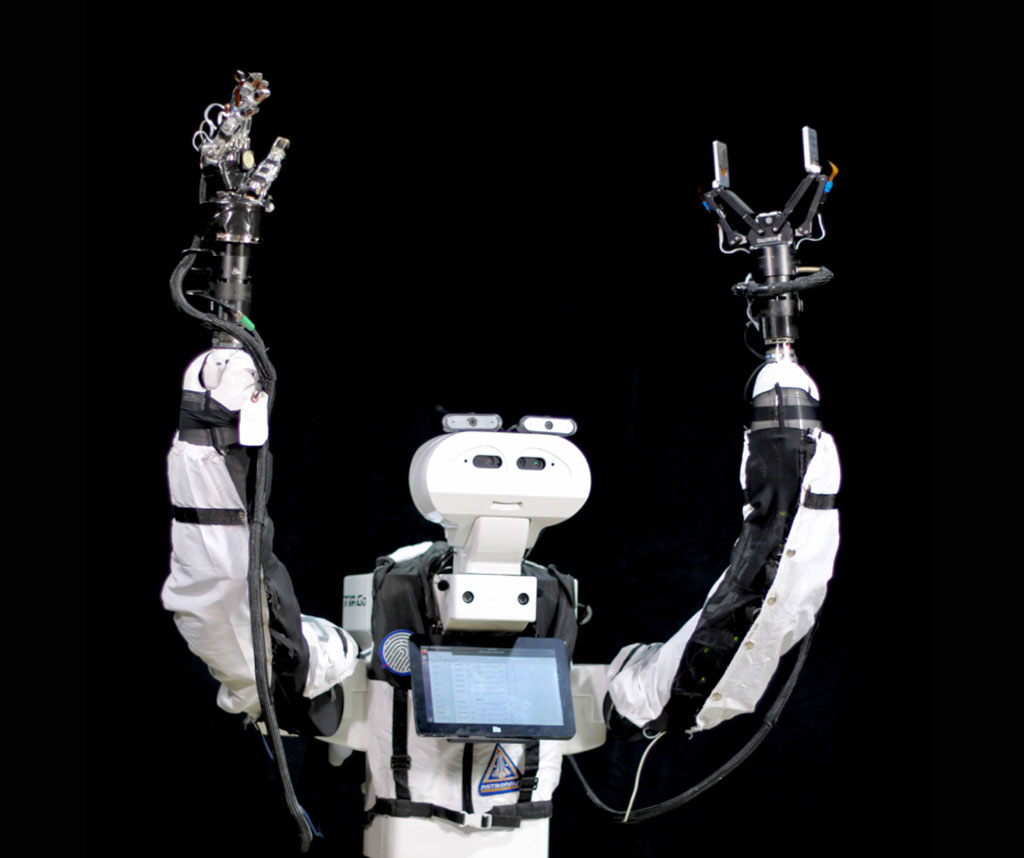
The World Health Organization (WHO) estimates that 15% of patients in low and middle-income nations contract at least one healthcare-associated infection (HAI) during their hospitalization. On average, 1 out of 10 affected patients succumbs to their HAI. The ongoing interest in robots for disinfection and social distancing spurred by the COVID-19 pandemic suggests that robots could aid overburdened hospital staff in diagnosing patients while curtailing the spread of pathogens. Now, a first-of-its-kind robot with haptic perception features electronic skin that can give remote clinicians a sense of touch, helping reduce the spread of HAI.
Touchlab Limited (Scotland, UK) has designed a robot named Välkky which is equipped with the company's cutting-edge e-skin technology that enables it to 'feel'. The electronic skin or "e-skin" can enhance a robot's ability to sense the environment, improves dexterous grasping and teleoperated manipulation, and prepares them for widespread adoption. Touchlab has created low-profile tactile sensors, thinner than human skin, that can be applied to both hard and soft robots. The company's e-skin consists of one or more ultra-thin force sensors transmitting sensations like pressure, vibration, or movement from a robot to a user in real time. The company has employed quantum tunneling to make the e-skin biomimetic - sensing pressure and its location, not just force, thereby enabling the robot to perform tasks like rolling pens, feeling textures, and experiencing pain as a human would.
Touchlab's patented Triaxial technology is capable of sensing the full 3D force vector - normal and shear forces - at the point of contact. Triaxial, the so-called 'holy grail' of e-skin, performs with high precision, resilience, and an unmatched dynamic range like no other sensor. Using the company's deep learning and analytics software add-on makes it possible to identify objects solely through touch and predict and compensate for slips before they occur, facilitating real-time closed-loop operation of robotic grippers in different settings. Operators can utilize a wearable haptic glove to control Välkky, which can perform tasks like serving meals, moving assistive devices, or assisting with a patient's grooming.
The Välkky system is currently under trial at a hospital in Finland. Over a three-month pilot, a team of trained nurses will investigate how robots can assist in providing care, easing workloads, and preventing the spread of infectious diseases. Initially, Välkky will be deployed on a smaller scale, performing tasks like picking up dropped items or monitoring patient vitals, but it holds potential for more complex tasks, such as lifting patients to prevent physical injuries to staff and reducing the spread of infection.
“In the past, telerobots have been limited to being able to see, hear, and speak on behalf of the people using them,” said Dr. Zaki Hussein, CEO of Touchlab. “Now, thanks to our innovative e-skin technology, robots like Välkky can ‘feel’ too—and not only on their fingertips.”
Related Links:
Touchlab Limited
Latest Critical Care News
- 3D Printed Functional Human Islets Could Transform Type 1 Diabetes Treatment
- AI Model Predicts ICU mortality in Heart Failure Patients
- Smart Capsule Offers Real-Time Profiling Across GI Tract
- Ultra-Thin Implant Helps Patients with Spinal Cord Injury Recover Lost Functions
- Portable Cell Therapy Device to Enable Rapid On-Demand Modification of RBCs at POC
- Monitoring Airborne Fungal Spores Could Help Predict COVID-19 & Flu Surges
- New System Measures Blood Sodium Without Needles
- Sleep Data from Wearable Device May Help Predict Preterm Birth
- AI Tool Interprets Echocardiograms in Minutes
- Electrochemical Catheter Hub Prevents Bloodstream Infections
- Noninvasive Double Microbubble Delivery Approach Marks Breakthrough in Brain Cancer Treatment
- Self-Healing Skin-Like Material to Find Applications in Health Monitoring, Surgery and Implants
- Highly-Sensitive Electronic Skin Allows Robots to Feel Heat, Pain and Pressure

- AI-Powered Wearable Sensor Predicts Labor Onset in Pregnant Women
- Implantable Device to Redefine Continuous Glucose Monitoring
- Smart Microgel Could Repair and Replace Damaged Organs
Channels
Surgical Techniques
view channel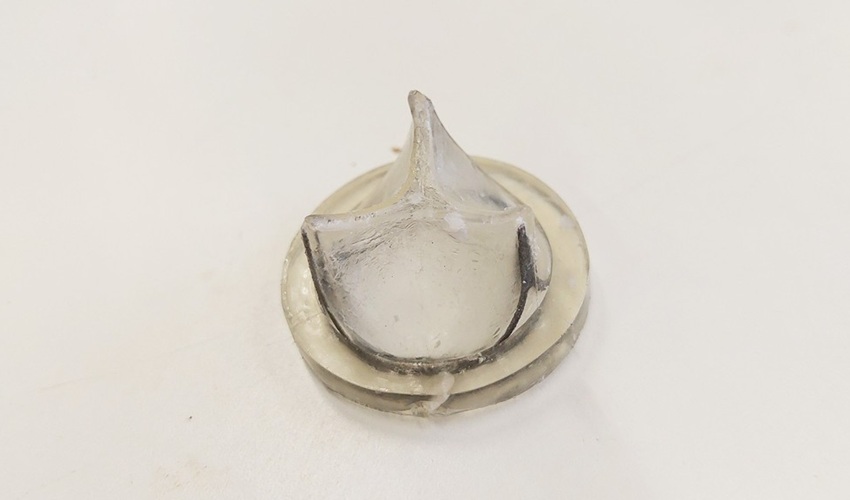
Breakthrough Polymer Significantly Improves Safety of Implantable Medical Devices
Every year, millions of patients receive implantable cardiovascular devices such as arterial and venous catheters, pacemaker leads, artificial hearts, and vascular prostheses. These devices, typically... Read more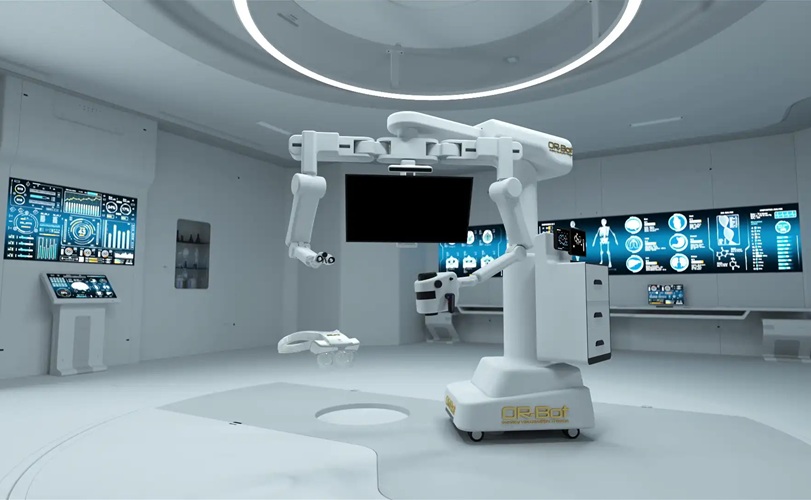
First-Ever Technology Makes Blood Translucent During Surgery
No matter the discipline or scale, bleeding is a regular part of any surgery and can create several challenges. In operating room imaging, seeing through blood in real-time during a surgery has been a... Read more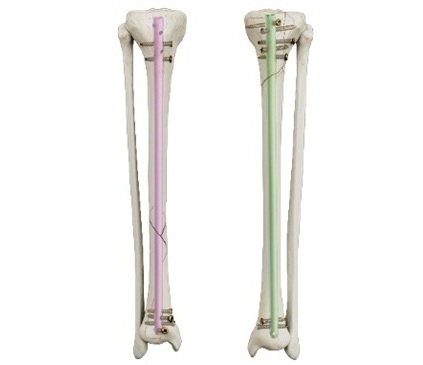
Tibia Nailing System with Novel Side-Specific Nails to Revolutionize Fracture Surgery
Smith+Nephew (Hull, UK;) has launched its new TRIGEN MAX Tibia Nailing System for stable and unstable fractures of the tibia, including the shaft. It is the only system to now offer trauma surgeons the... Read morePatient Care
view channel
Revolutionary Automatic IV-Line Flushing Device to Enhance Infusion Care
More than 80% of in-hospital patients receive intravenous (IV) therapy. Every dose of IV medicine delivered in a small volume (<250 mL) infusion bag should be followed by subsequent flushing to ensure... Read more
VR Training Tool Combats Contamination of Portable Medical Equipment
Healthcare-associated infections (HAIs) impact one in every 31 patients, cause nearly 100,000 deaths each year, and cost USD 28.4 billion in direct medical expenses. Notably, up to 75% of these infections... Read more
Portable Biosensor Platform to Reduce Hospital-Acquired Infections
Approximately 4 million patients in the European Union acquire healthcare-associated infections (HAIs) or nosocomial infections each year, with around 37,000 deaths directly resulting from these infections,... Read moreFirst-Of-Its-Kind Portable Germicidal Light Technology Disinfects High-Touch Clinical Surfaces in Seconds
Reducing healthcare-acquired infections (HAIs) remains a pressing issue within global healthcare systems. In the United States alone, 1.7 million patients contract HAIs annually, leading to approximately... Read moreHealth IT
view channel
Printable Molecule-Selective Nanoparticles Enable Mass Production of Wearable Biosensors
The future of medicine is likely to focus on the personalization of healthcare—understanding exactly what an individual requires and delivering the appropriate combination of nutrients, metabolites, and... Read more
Smartwatches Could Detect Congestive Heart Failure
Diagnosing congestive heart failure (CHF) typically requires expensive and time-consuming imaging techniques like echocardiography, also known as cardiac ultrasound. Previously, detecting CHF by analyzing... Read moreBusiness
view channel
Bayer and Broad Institute Extend Research Collaboration to Develop New Cardiovascular Therapies
A research collaboration will focus on the joint discovery of novel therapeutic approaches based on findings in human genomics research related to cardiovascular diseases. Bayer (Berlin, Germany) and... Read more










